Tamron 18-200mm F/3.5-6.3 Handleiding
Bekijk gratis de handleiding van Tamron 18-200mm F/3.5-6.3 (6 pagina’s), behorend tot de categorie Lens. Deze gids werd als nuttig beoordeeld door 51 mensen en kreeg gemiddeld 5.0 sterren uit 26 reviews. Heb je een vraag over Tamron 18-200mm F/3.5-6.3 of wil je andere gebruikers van dit product iets vragen? Stel een vraag
Pagina 1/6

18-200mm F/3.5-6.3
18-200mm F/3.5-6.3
18-200mm F/3.5-6.3
18-200mm F/3.5-6.3 18-200mm F/3.5-6.3
Di III VC for E-Mount of Sony's NEX series mirrorless compact
interchangeable-lens cameras (Model B011)
Thank you for purchasing the Tamron lens as the latest addition to your photographic
equipment. Before using your new lens, please read the contents of this Owner’s Manual
thoroughly to familiarize yourself with your lens and the proper photographing
techniques for creating the highest quality images possible. With proper handling and
care, your Tamron lens will give you many years of photographing beautiful and exciting
pictures.
NOMENCLATURE (Refer to Fig. 1, if not specified)
1. Lens hood
2. Hood attaching alignment mark
3. Hood attaching indicator
4. Filter ring
5. Hood attaching bayonet ring
6. Zooming ring
7. Focal length scale
8. Zoom index mark
9. Zoom lock switch (Figs. 3 & 4)
10. Focusing ring
11. Lens attachment mark
12. Lens mount/Lens mount contacts
SPECIFICATIONS
B011
Focal Length 18-200mm
Maximum Aperture F/3.5-6.3
Angle of View 75º 58’ - 8º 03’
Lens Construction 13/17
Minimum Focus Distance 0.5 m (19.7")
Maximum Magnification Ratio 1:3.7 (at 200mm)
Filter Size 62mm
Length/Overall Length* 96.7mm (3.8”) / 102.0mm (4.0”)
Diameter 68mm (2.7")
Weight 460 g (16.2oz)
Lens Hood HB011
* Length: From the lens front extremity to the mount surface.
Overall length: From the lens front extremity to the rear projection extremity.
Features and appearance of lenses listed in this owner's manual are subject to change
without notice.


ATTACHING AND REMOVING THE LENS
• How to mount the lens
Removing the rear cap of the lens, align the lens attachment mark (11) on the lens
barrel with its counterpart on the camera mount and insert the lens. Rotate the lens
clockwise until it click-locks. For Nikon models, align the lens attachment mark with
the dot on the camera and rotate the lens counter-clockwise until it click-locks.
• How to detach the lens
Pressing the lens release button on the camera down, turn the lens counter-clockwise
(clockwise in case on Nikon), and lift the lens off the camera’s lens mount.
* For further details, please read the instruction manual of your camera.
FOCUSING (Autofocus) (Ref. Figs. 1 & 2)
Set the focus mode on the camera to Auto focus (AF).
Press the shutter button halfway down while viewing through the camera's LCD. The lens
focuses automatically. An in-focus mark will light on the LCD when lens focuses on the
main subject sharply. Press the shutter button further to photograph.
* For further details, please read the instruction manual of your camera.
FOCUSING (Manual Focus) (Ref. Fig. 1 & 2)
Set the focus mode on the camera to Manual focus (MF).
Focus manually rotating the focusing ring (10) while viewing through the camera's LCD
(Fig. 2). The main subject in the viewfinder will be sharp when the lens is focused
correctly.
* For further details, please read the instruction manual of your camera.
VC MECHANISM (Ref. Fig. 1)
VC (Vibration Compensation) is a mechanism which reduces the image blur caused by
hand-held shooting. When using the VC, pictures can be taken at shutter speeds up to a
maximum of 4 stops slower than the speed when the VC is not used.
*Based on the company’s standard measurement. Also, the correction of image blur
differs depending on the conditions during picture taking and the person using the
camera.
* How to use VC mechanism
1. Enable image blur correction with the camera settings.
*Disable the setting when VC is not used.
2. Press the shutter button halfway to verify the effect of the VC. When the shutter button
is pressed down halfway, it takes about 1 second for the VC to provide a stable image.
* The VC can be effective for hand-held shots under the following conditions:
-Dimly lit locations
-Scenes where flash photography is forbidden
-Situations where footing is uncertain
-Taking panning shots of a moving subject
* The VC may not be able to give full effect in the following cases:
-When a photograph is taken from a fast moving vehicle
-Shooting during the excessive movement of the camera
-Turn the VC switch OFF when taking pictures with the bulb setting or during long
exposures. If the VC switch is ON, the VC mechanism may introduce errors.
Product specificaties
| Merk: | Tamron |
| Categorie: | Lens |
| Model: | 18-200mm F/3.5-6.3 |
Heb je hulp nodig?
Als je hulp nodig hebt met Tamron 18-200mm F/3.5-6.3 stel dan hieronder een vraag en andere gebruikers zullen je antwoorden
Handleiding Lens Tamron
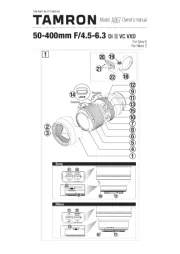
1 September 2025
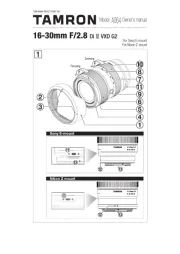
1 September 2025
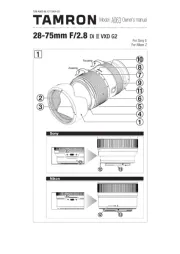
5 Augustus 2025
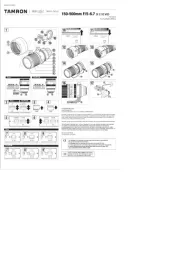
10 Juni 2025

2 April 2025

25 November 2024

16 November 2024

16 November 2024

16 November 2024

16 November 2024
Handleiding Lens
- Computar
- Vello
- ARRI
- Angénieux
- OM SYSTEM
- Fujifilm
- Gigabyte
- Cambo
- Flir
- Sony
- Freelensing
- Panasonic
- Zeiss
- Gaggenau
- Bresser
Nieuwste handleidingen voor Lens
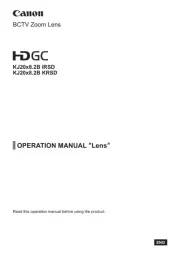
1 September 2025
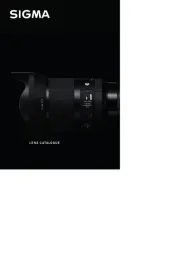
31 Augustus 2025
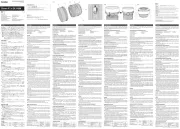
31 Augustus 2025
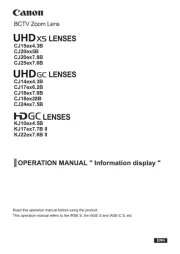
27 Augustus 2025
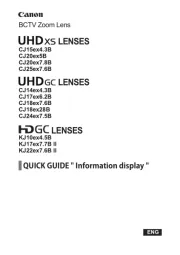
26 Augustus 2025
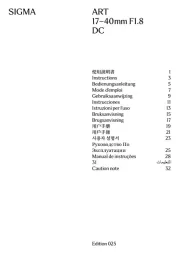
25 Augustus 2025

18 Augustus 2025
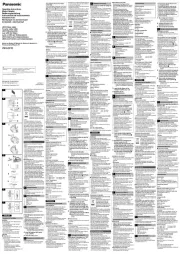
18 Augustus 2025
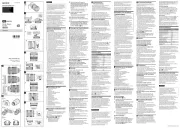
6 Augustus 2025
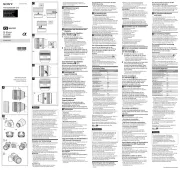
6 Augustus 2025